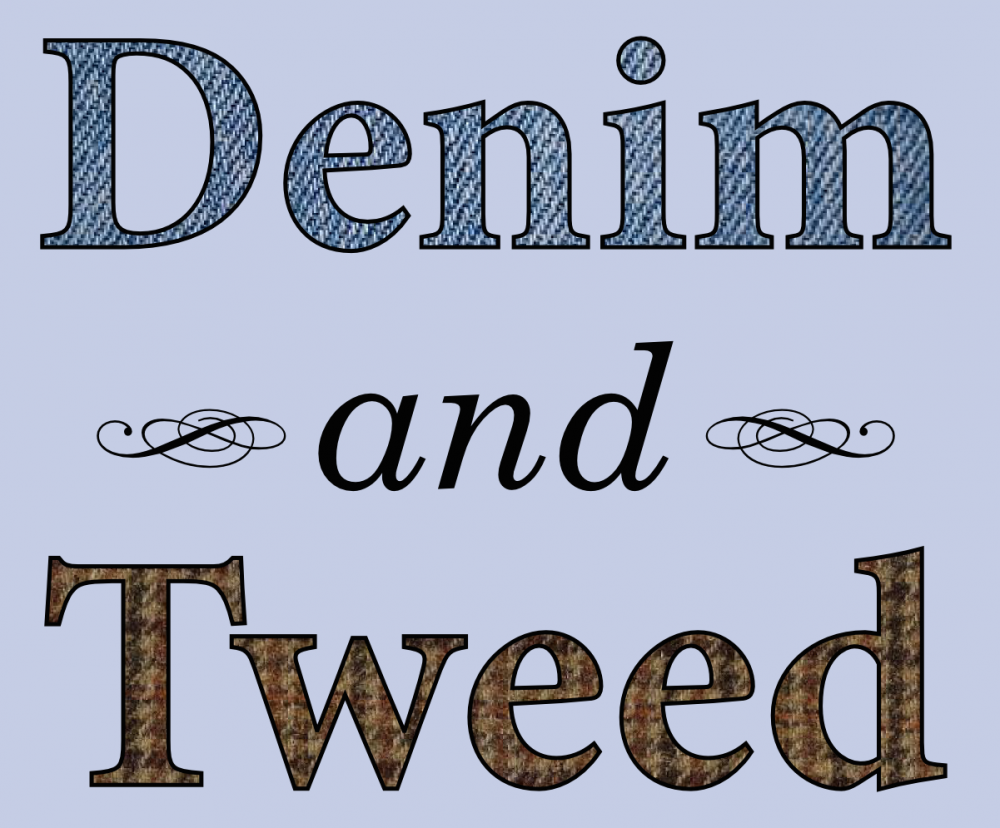 Exactly a year ago today, I came out of the online closet. Now it’s another National Coming Out Day, and it seems like as good a time as any to think out loud about why I made that decision.
Exactly a year ago today, I came out of the online closet. Now it’s another National Coming Out Day, and it seems like as good a time as any to think out loud about why I made that decision.
 Image borrowed from Wikipedia under fair use rationale.
Image borrowed from Wikipedia under fair use rationale.My reasons aren’t going to surprise anyone who has even a passing familiarity with gay rights history:
- Familiarity breeds acceptance. This is mainly a political argument. It’s widely accepted (and supported by ongoing public opinion surveying) that people who personally know GLBT folks are overwhelmingly more likely to support treating GLBT people like full citizens. The psychology isn’t hard to understand—it’s easy to hate the nebulous, faceless, unknown Gays; it’s rather harder to hate your son, or your niece, the nice neighbors who let you borrow their lawnmower, or (I hope) the guy who writes that one not-entirely-terrible science blog you check every so often.
- Gotta give’em hope. And an example. This is more personal. I grew up without knowing any out gay people, which was, to put it mildly, not helpful. I was, to paraphrase the Onion headline, The Only Homosexual in the World; I didn’t have any of the support, or visible examples, that would’ve helped me think critically about my sexual orientation or imagine a future in which I was out, and happy about it. (Which I very much am, these days.) By being open about my orientation, maybe I can help someone else figure out his (or hers) in a way I couldn’t, and even show that, as confusing and frequently miserable as growing up gay is, it gets better.
And if there’s one impression I hope to give a confused, lonely (and presumably nerdy) gay kid reading D&T, it’s that it did get better for this formerly confused, lonely (and unquestionably nerdy) gay kid. And a large part of how it got better, for me, has to do with going into science.
Evolutionary biology has turned out to be a good field for me, in this personal respect. When I started my first genuine biology-related internship, I was surrounded for the first time by people who didn’t talk about gays in the hushed, scandalized tones I’d heard through a lot of my childhood and schooling. Biologists are as human as the next ape descendent, but they’re also a generally open-minded bunch who tend to be more interested in the quality of your work than what you do after you leave the lab. And, for what are probably obvious reasons, evolutionary biology doesn’t attract the sort of people who hold doctrinaire conservative religious positions on any subject.
Evolutionary biology is also a pretty good academic discipline for me because evolutionary biology has something to say about sexual minorities, just as it has something to say about humans in general. Humans are biological beings, and we’re part of an animal kingdom that exhibits a wide array of sexual behaviors, as elaborately documented by the evolutionary biologist Joan Roughgarden in her book Evolution’s Rainbow. Exactly how to explain this diversity, particularly in the case of humans, is still quite controversial [$a]—but it’s a question for which I have some expertise, and one I’d like to weave into the writing I do for D&T in the future.
References
Futuyma, D. (2005). Celebrating diversity in sexuality and gender. Evolution, 59 (5), 1156-9 DOI: 10.1111/j.0014-3820.2005.tb01052.x
Roughgarden, J. (2004). Evolution’s Rainbow. Berkeley: University of California Press. Preview on Google Books.
 Absolute unique visitors per day, tabulated by Google Analytics..
Absolute unique visitors per day, tabulated by Google Analytics..








